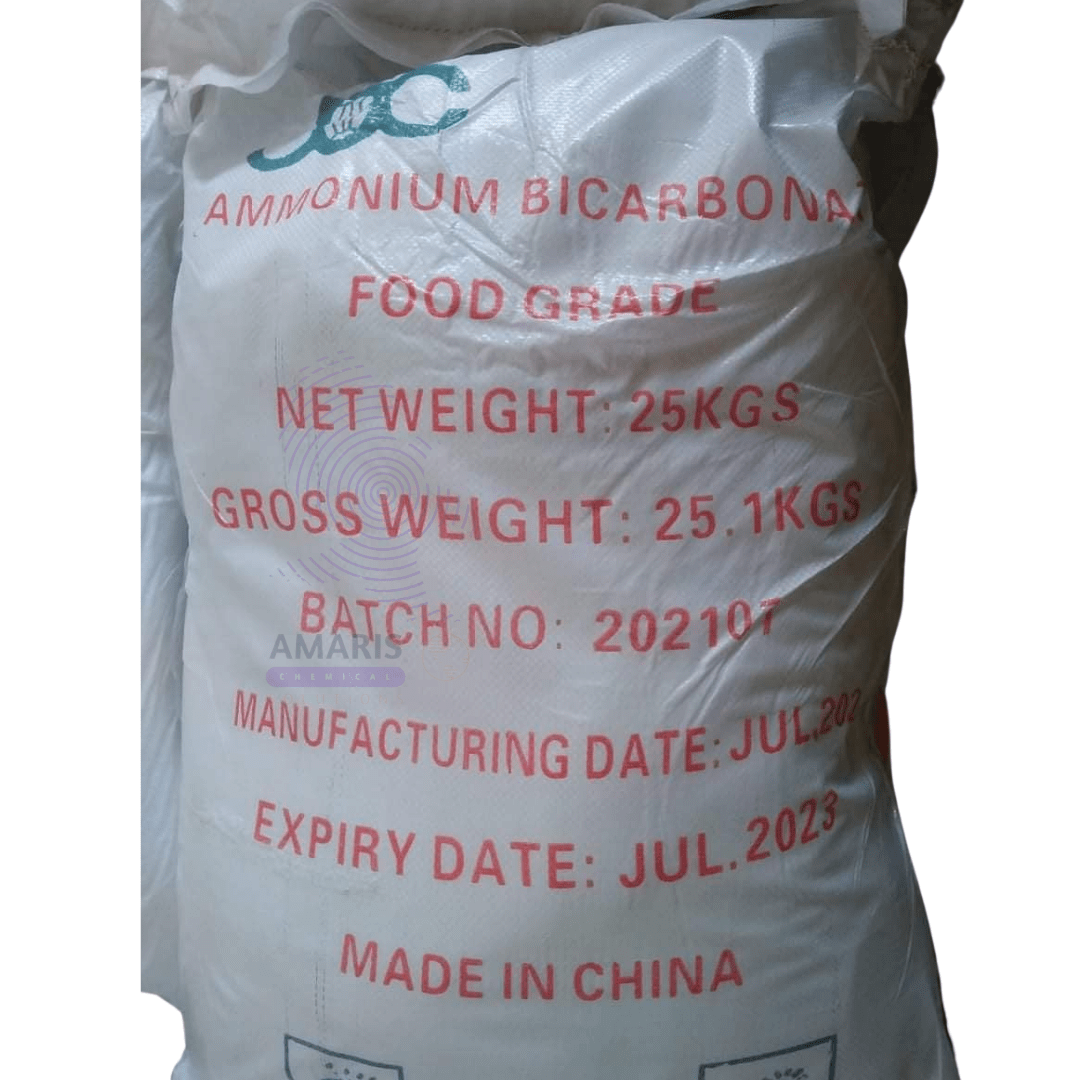
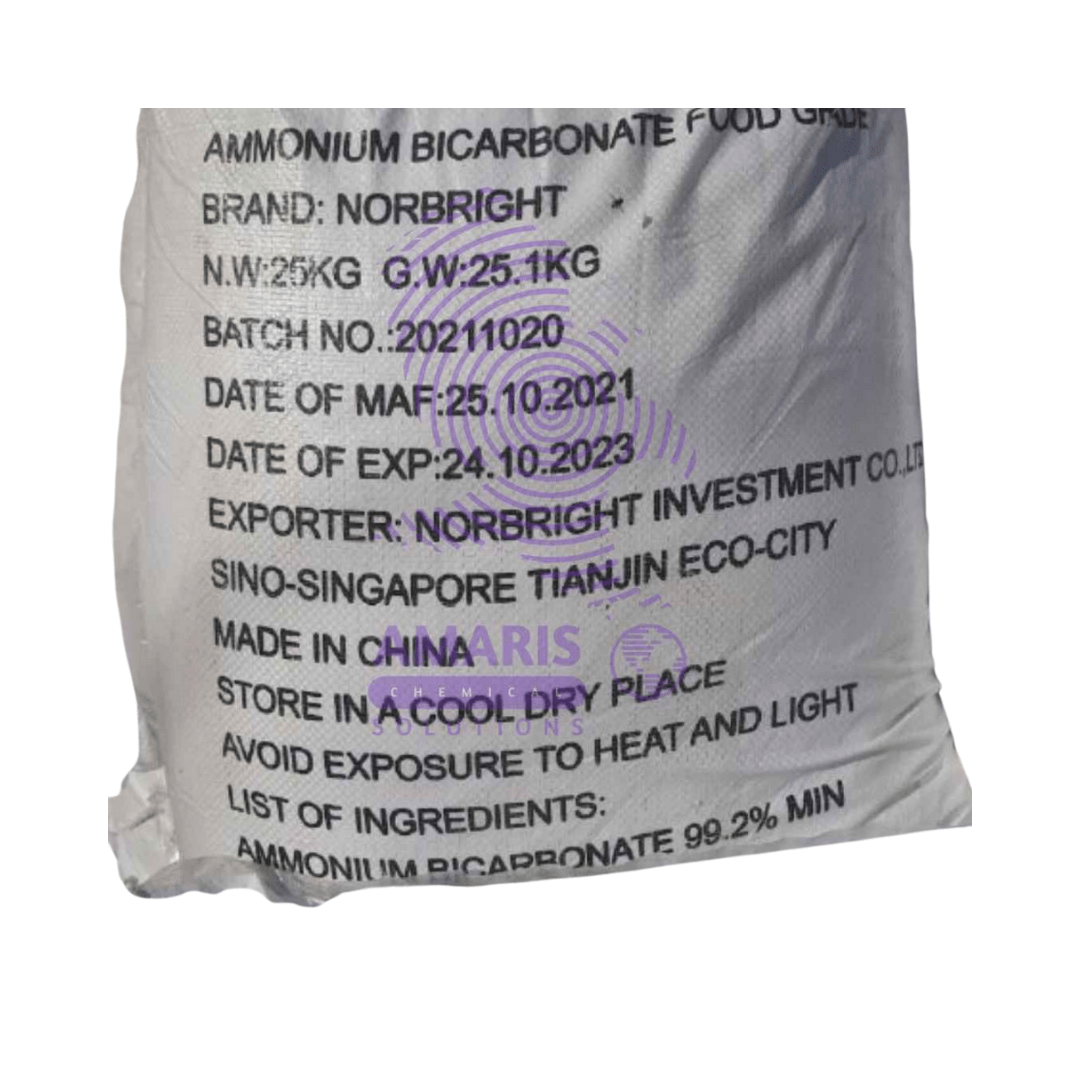
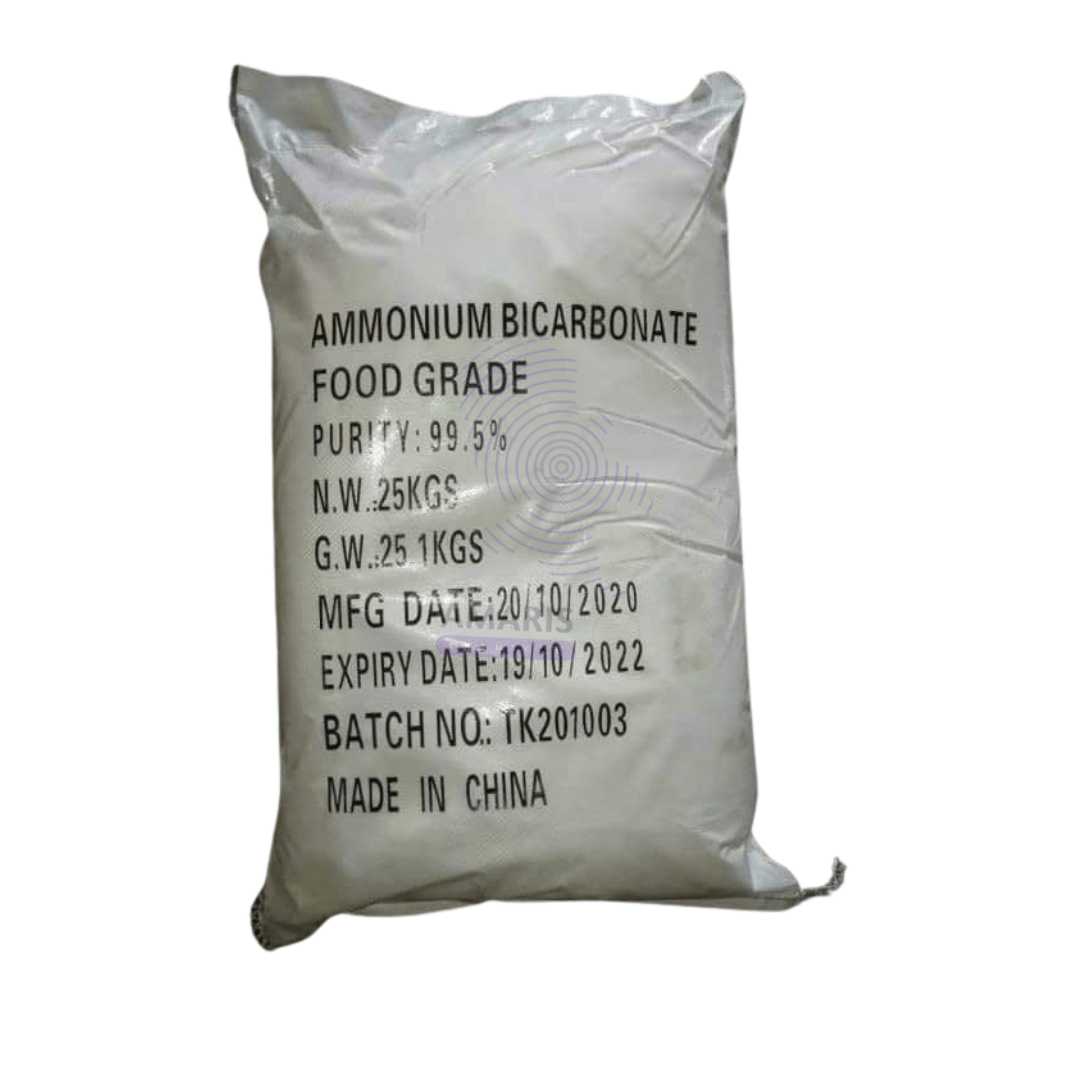
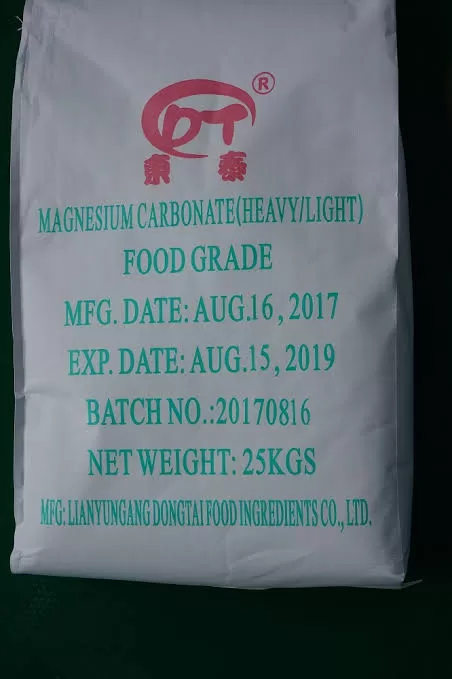

Ammonium bicarbonate 25kg
$0.01 Original price was: $0.01.$0.00Current price is: $0.00.
Ammonium bicarbonate is a white, crystalline compound with the chemical formula NH4HCO3. It is a type of inorganic salt that is commonly used in the food industry as a leavening agent for baking, as well as in the production of ceramics, dyes, and other chemicals. When heated, ammonium bicarbonate decomposes into ammonia, carbon dioxide, and water vapor, which causes dough to rise and become light and fluffy. It is also known as hartshorn or baker’s ammonia.
Ammonium bicarbonate has a variety of uses across different industries. Here are some of the most common uses:
- Food industry: Ammonium bicarbonate is commonly used as a leavening agent in baked goods such as cookies, crackers, and biscuits. It produces carbon dioxide when heated, which causes the dough to rise and gives the baked goods a light and fluffy texture.
- Agriculture: Ammonium bicarbonate is used as a fertilizer in agriculture because it provides nitrogen to plants, which is an essential nutrient for their growth.
- Pharmaceutical industry: Ammonium bicarbonate is used as an ingredient in some medications, particularly in effervescent tablets, to provide a fizzy sensation when dissolved in water.
- Chemical industry: Ammonium bicarbonate is used as a source of ammonia and carbon dioxide in the production of other chemicals such as dyes, pigments, and plastics.
- Cleaning industry: Ammonium bicarbonate is sometimes used as a cleaning agent for metals, such as brass and copper, due to its ability to remove tarnish and corrosion.
Other industries: Ammonium bicarbonate can also be used in the production of ceramics, as a blowing agent in the rubber industry, and in fire extinguishers as a non-toxic, non-corrosive, and non-conductive extinguishing agent.


MAECENAS IACULIS
Vestibulum curae torquent diam diam commodo parturient penatibus nunc dui adipiscing convallis bulum parturient suspendisse parturient a.Parturient in parturient scelerisque nibh lectus quam a natoque adipiscing a vestibulum hendrerit et pharetra fames nunc natoque dui.
ADIPISCING CONVALLIS BULUM
- Vestibulum penatibus nunc dui adipiscing convallis bulum parturient suspendisse.
- Abitur parturient praesent lectus quam a natoque adipiscing a vestibulum hendre.
- Diam parturient dictumst parturient scelerisque nibh lectus.
Scelerisque adipiscing bibendum sem vestibulum et in a a a purus lectus faucibus lobortis tincidunt purus lectus nisl class eros.Condimentum a et ullamcorper dictumst mus et tristique elementum nam inceptos hac parturient scelerisque vestibulum amet elit ut volutpat.
Related products
AcetateSodium 500gm
Fumaric Acid
Fumaric acid is a naturally occurring organic compound with the chemical formula C₄H₄O₄. It is a dicarboxylic acid that plays a role in the citric acid cycle (Krebs cycle) in cellular metabolism. Fumaric acid is a white crystalline substance with a slightly acidic taste.
Uses:
- Food and Beverage Industry: It’s used as a food additive (E297) to enhance flavor and preserve food, especially in the production of beverages, fruit juices, and candies.
- Pharmaceuticals: It is used in the treatment of certain skin conditions like psoriasis, and as a precursor in the synthesis of certain drugs.
- Industrial Applications: Fumaric acid is used in the production of resins, plastics, and as a cross-linking agent in the manufacturing of unsaturated polyester resins.
- Cosmetics: It is sometimes included in skincare products for its mild exfoliating and skin-conditioning properties.
Lactic acid food grade
Phosphoric Acid 85% food Grade
Phosphoric acid Technical Grade 30kg
Succinic Acid 500gm
Tartaric Acid 500gm
Chemical Properties
- Chemical Formula: C4_44H6_66O6_66
- Molecular Weight: 150.09 g/mol
- Appearance: White crystalline powder
- Solubility: Soluble in water and alcohol
Natural Occurrence
Tartaric acid is widely found in nature, predominantly in fruits like grapes, apricots, and apples. The potassium salt of tartaric acid, known as potassium bitartrate or cream of tartar, is a byproduct of winemaking.Industrial Production
Commercially, tartaric acid is often produced as a byproduct of wine production. The process involves:- Extraction: The sediment left in wine barrels, known as "lees," is treated to extract potassium bitartrate.
- Purification: The crude potassium bitartrate is then purified and converted to tartaric acid.










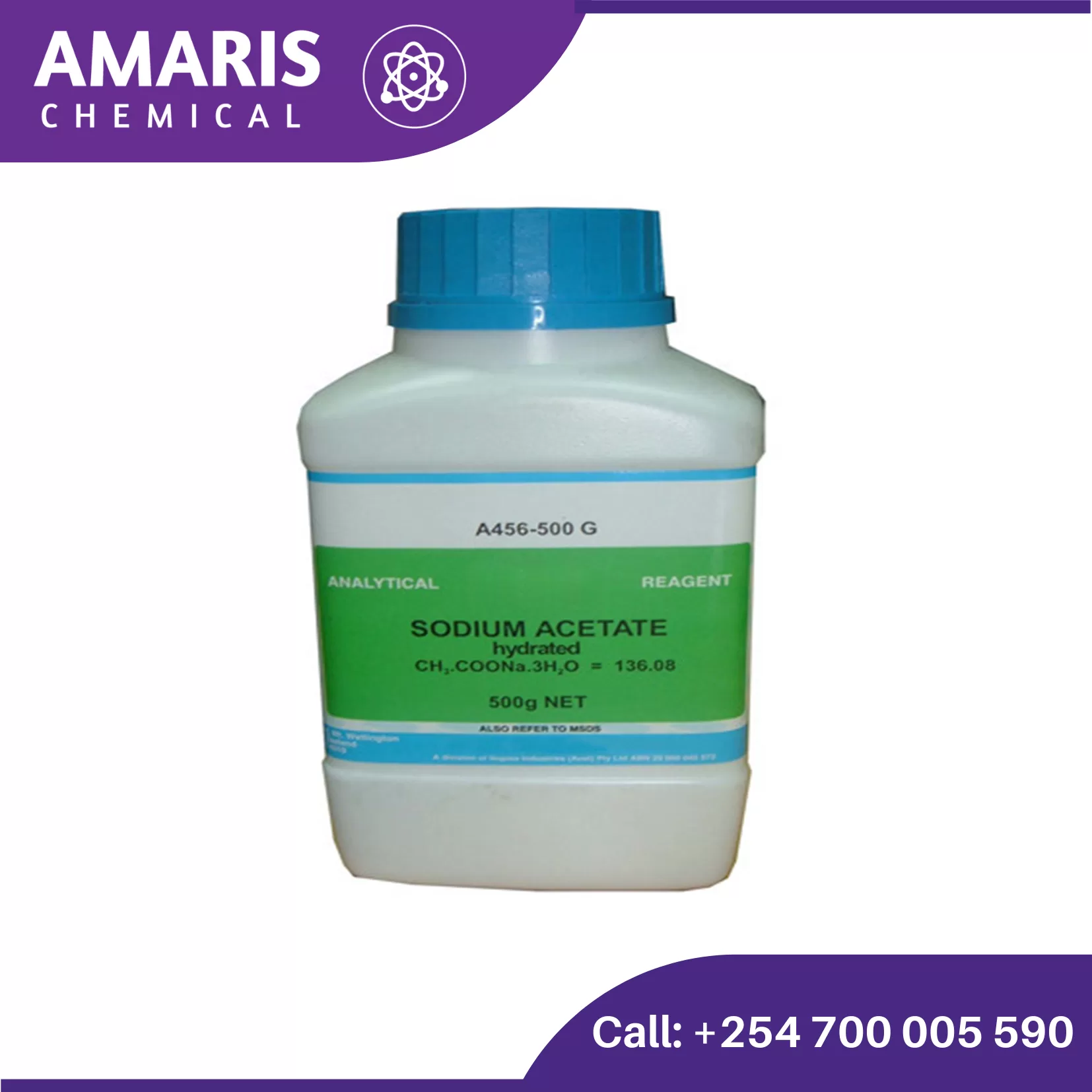
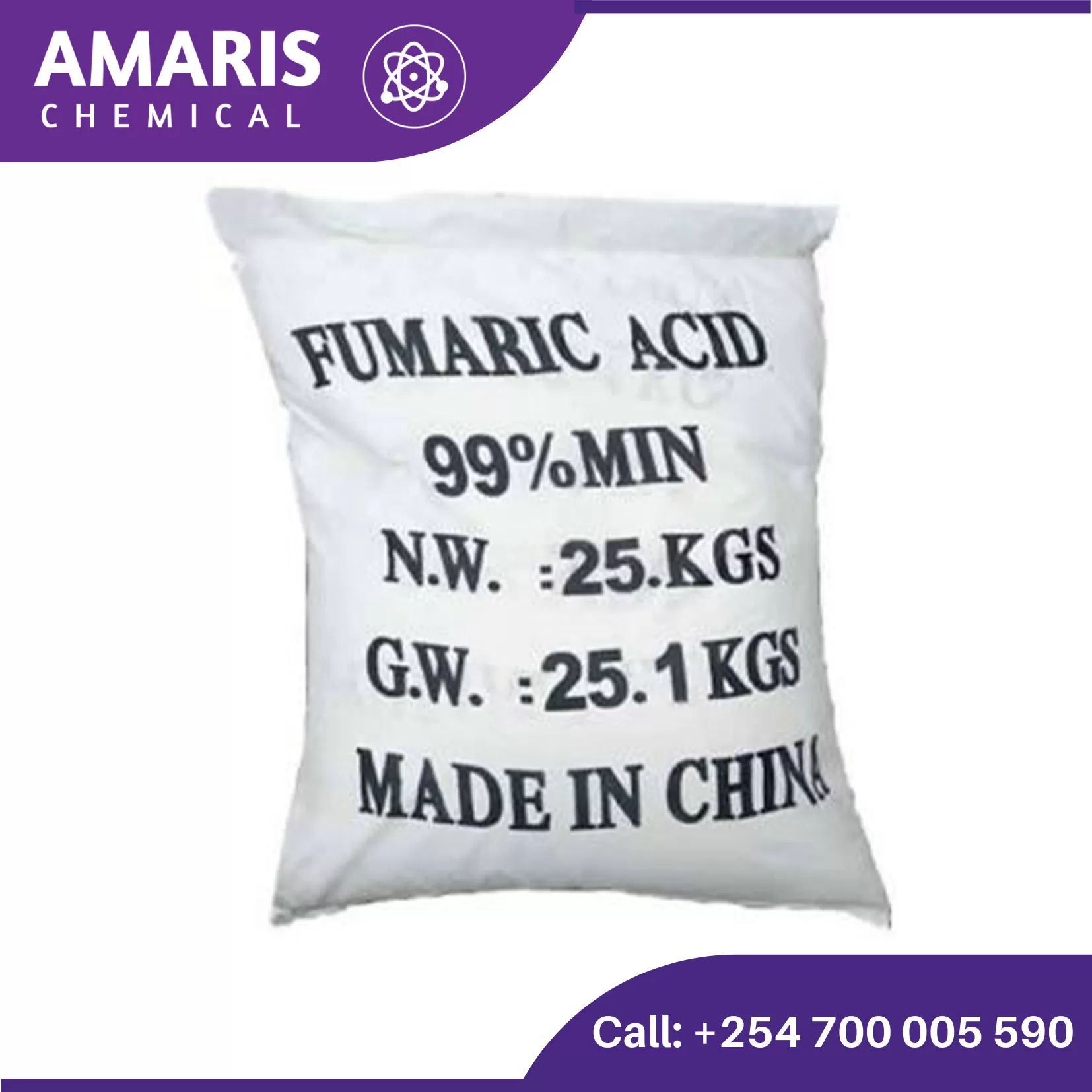
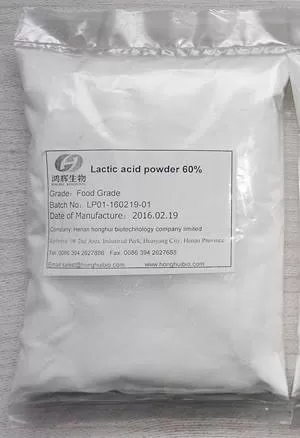
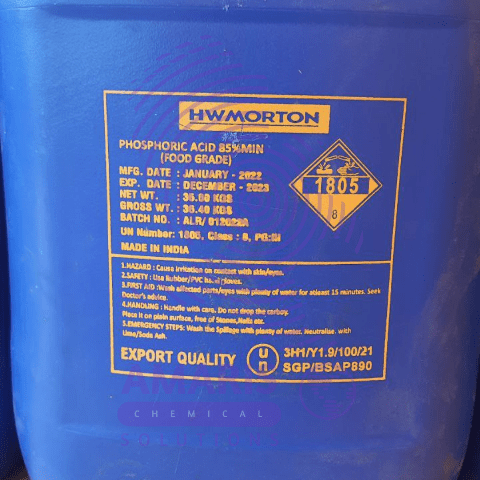
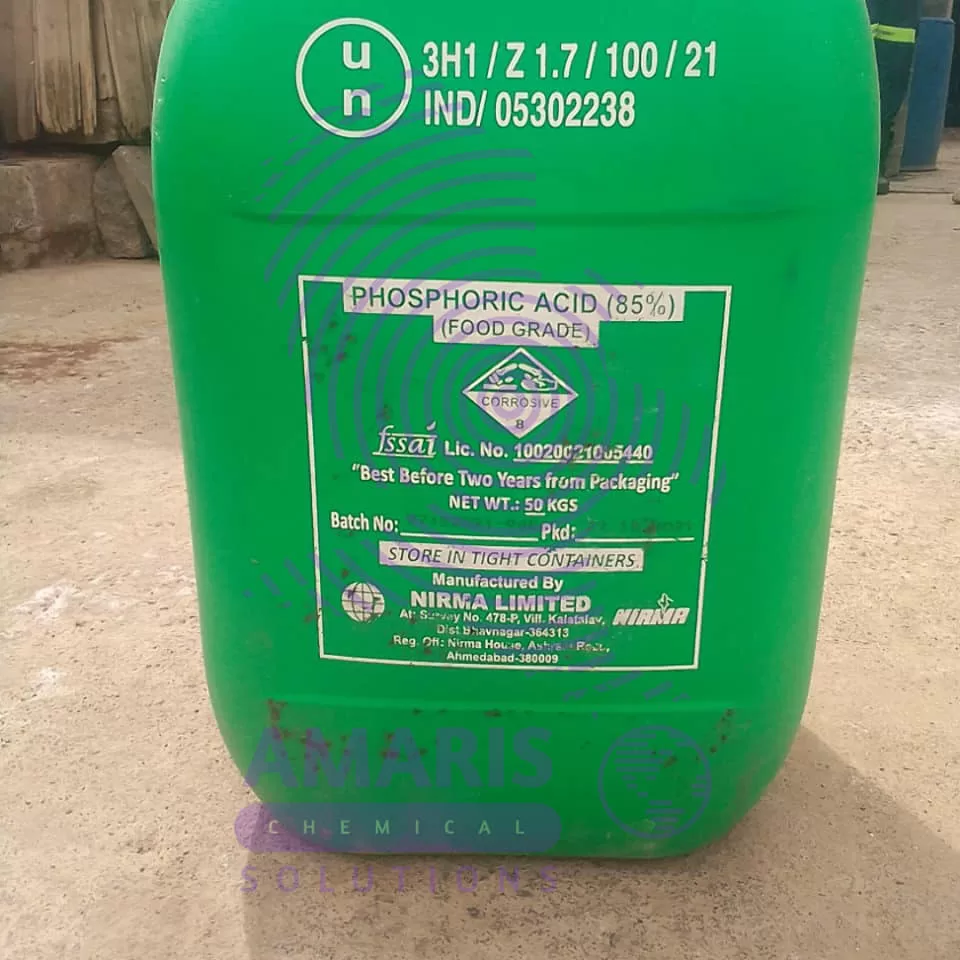

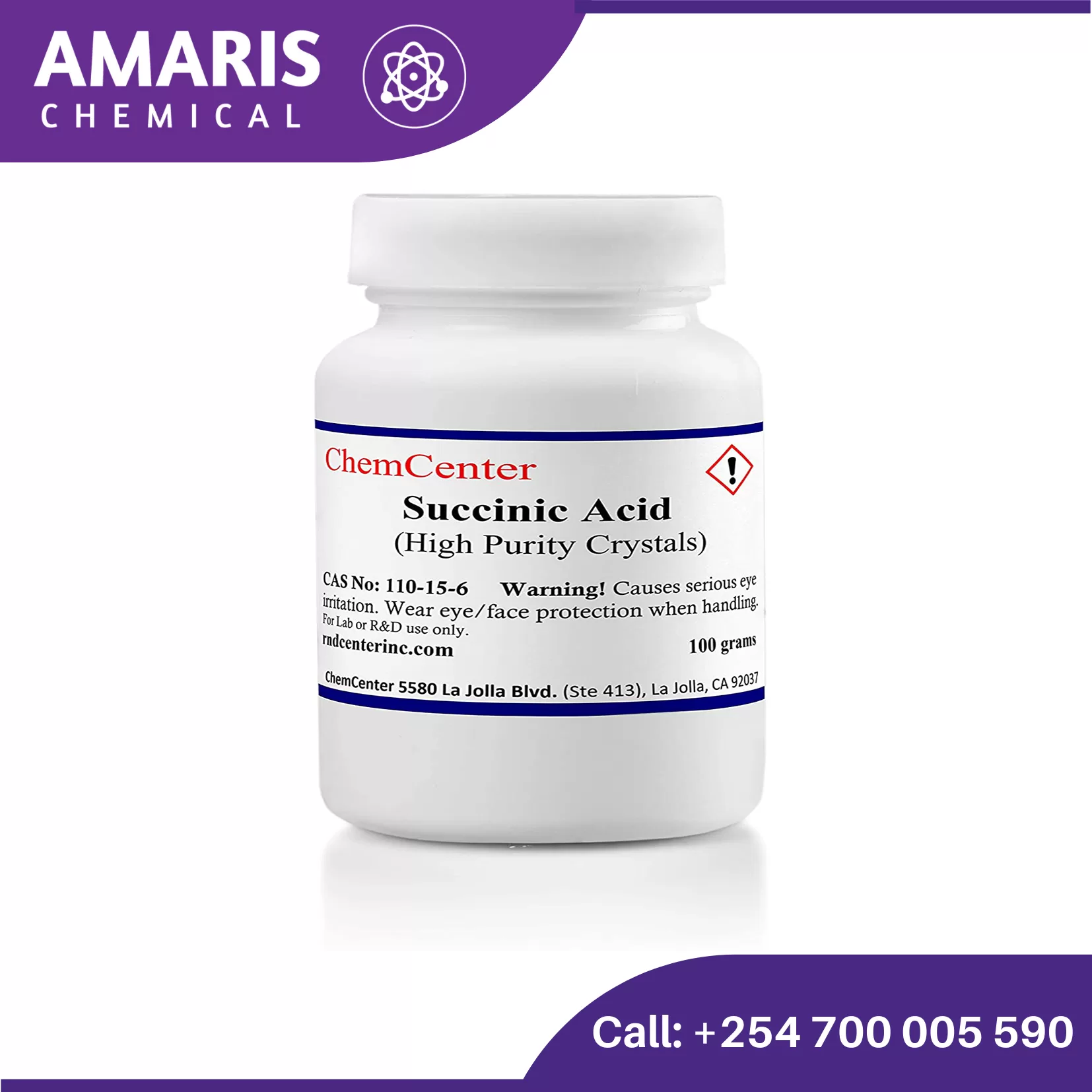
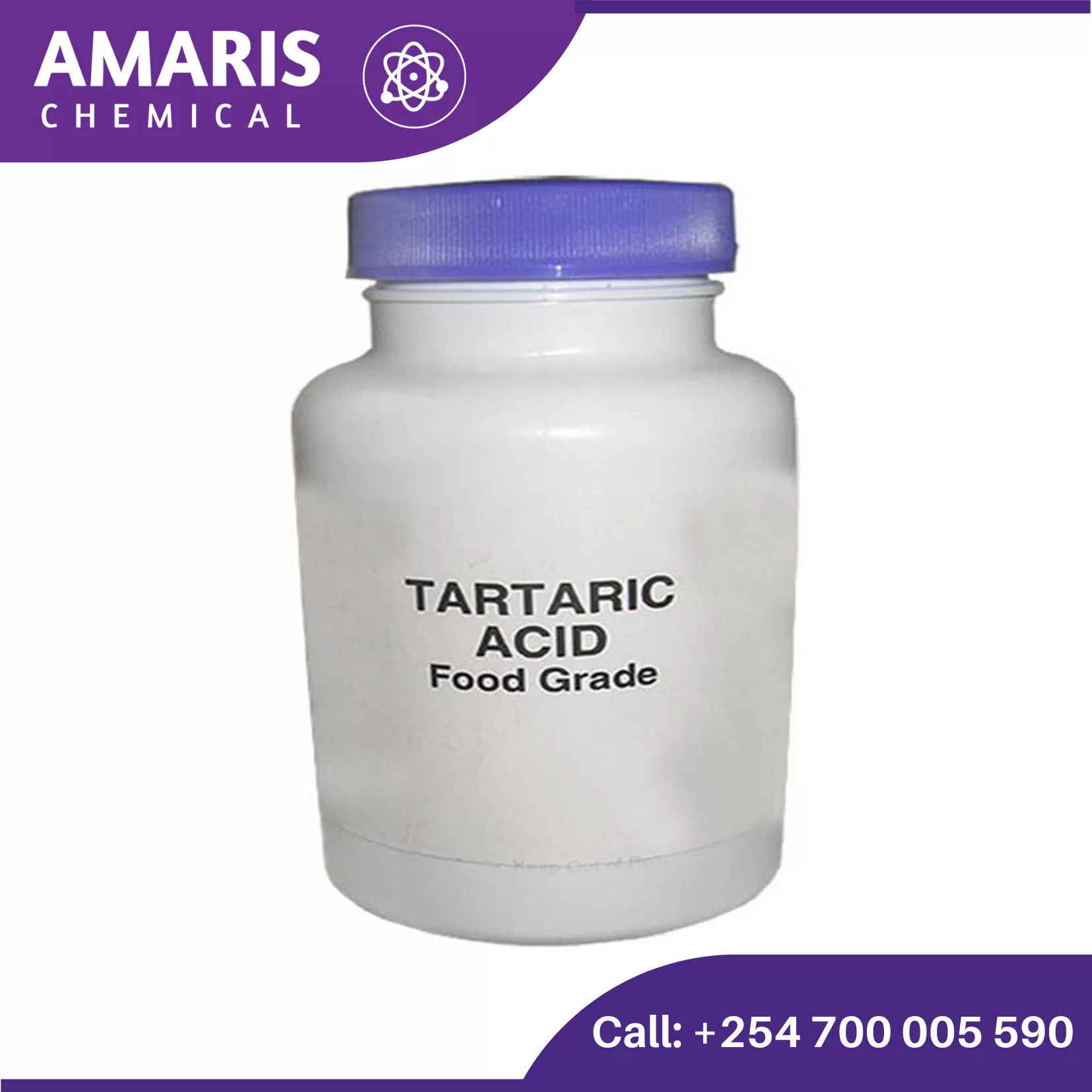
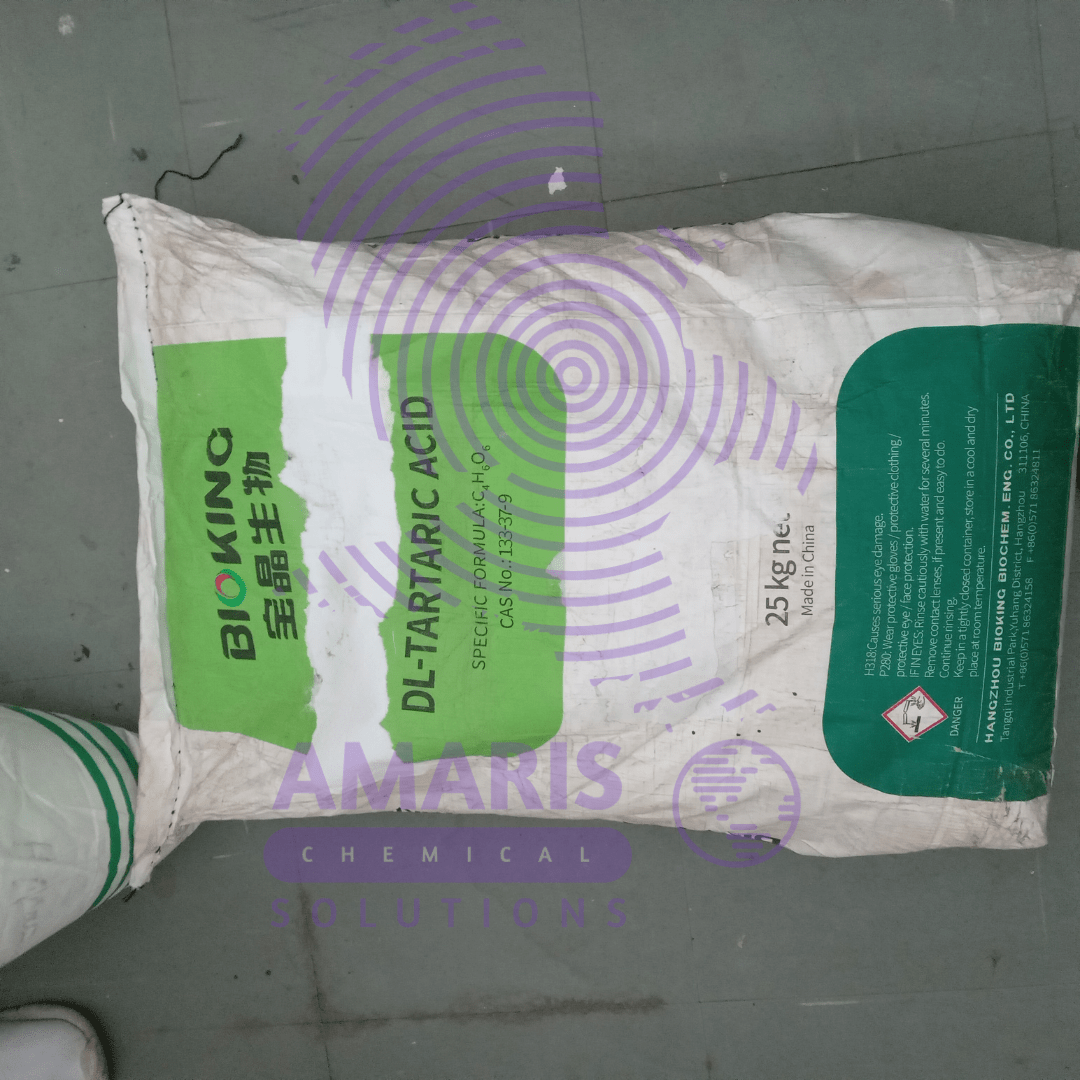









Reviews
There are no reviews yet.